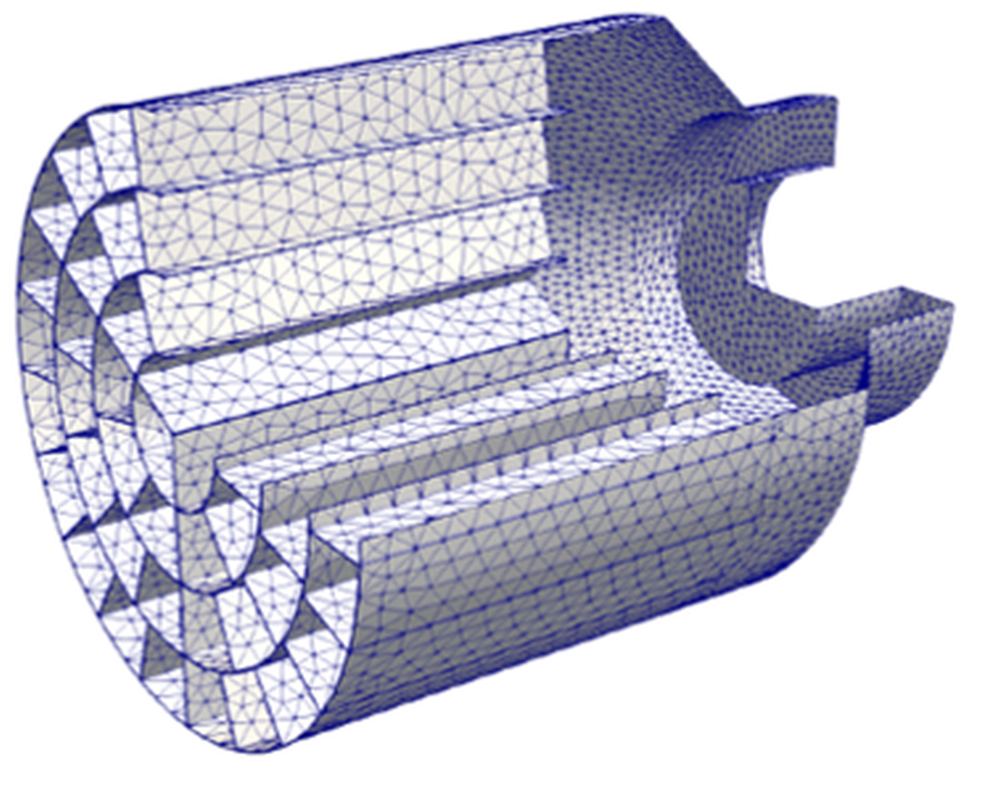We are all too aware of the pollution on planet Earth. There are increased amounts of plastic and garbage on the world’s beaches and debris littering the oceans. Until now, it was thought that satellites weren’t capable of tracking marine debris but a supercomputer algorithm challenges that. 300,000 images were taken every three days at a resolution of 10 metres and were able to identify large concentrations of debris.
Continue reading “Satellites are Going to Track Garbage Drifting Across the Oceans”Satellites are Going to Track Garbage Drifting Across the Oceans



